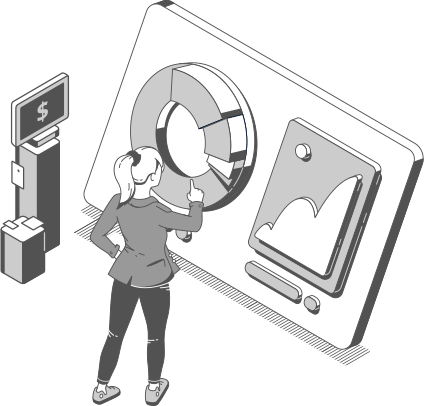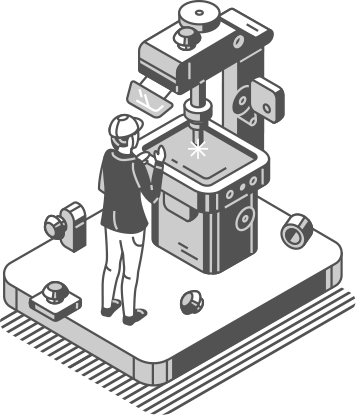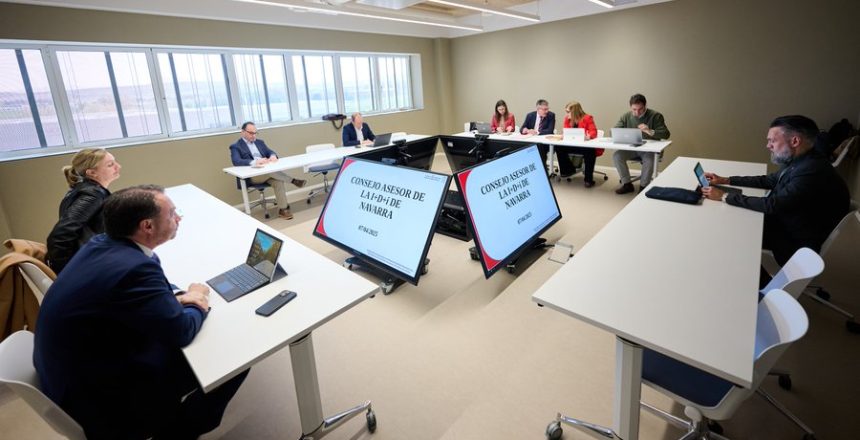This was highlighted during the meeting of the R&D&I Advisory Council held at IRIS Navarra’s facilities, with the participation of the Regional Minister for University, Innovation and Digital Transformation, Juan Luis García, and the Secretary General for Innovation of the Government of Spain, Teresa Riesgo. During the meeting, an assessment was presented of the 2021–2025 Science, Technology and Innovation Plan of Navarre (PCTIN), whose targets have already been surpassed both in the public and private sectors.
Specifically, against the €708 million initially forecast in public investment for this period, €728 million has already been executed. Meanwhile, private investment has reached €825 million, exceeding the original €802 million projection. “These figures position Navarre as a benchmark in public policies aimed at fostering knowledge, talent, and innovation transfer,” Minister García stressed.
Another key indicator was the increased use of the tax system as a tool to promote business innovation. Since 2019, tax deductions for R&D&I activities have grown by over €8 million, representing a 23% increase. In this regard, García highlighted that Navarre “has consolidated a strong model for promoting knowledge, based on public-private collaboration and support for those who research, transfer and innovate,” adding that these results stem from “a clear and sustained long-term strategy.”
Additionally, the regional government shared further progress that reinforces Navarre’s innovation ecosystem. These include a rise in the number of highly cited scientific publications, a 35% increase in registered patents since 2019, and the consistent achievement—three years running—of the target for the creation of technology-based companies, with a total of 1,041 registered in 2024. Likewise, the network of agents within the Navarra R&D&I System (SINAI) has expanded, growing from 19 entities in 2020 to over 40 by 2025.
For her part, Teresa Riesgo, Secretary General for Innovation at the Ministry of Science, Innovation and Universities, noted that “Navarre is a great example of a medium-term commitment to science, technology and innovation, with a well-coordinated ecosystem through the SINAI agents and a knowledge generation system closely linked to the productive sector. Navarre ranks among the strong innovation regions in Europe, according to the Regional Innovation Scoreboard, thanks to this collective effort and the implementation of this transformative plan in 2021.”
Next steps
Looking ahead, the Government of Navarre is already working on designing the new 2026–2030 Science, Technology and Innovation Plan, which will be structured around three key pillars: talent, knowledge transfer, and a stable R&D&I funding model.
An update of the Navarrese Science and Technology Law is also expected, along with the approval of the second Science, Technology and Innovation Plan in 2026. This new plan will include specific measures to foster STEM vocations, promote gender equality in the science and technology fields, and strengthen knowledge transfer to the local business fabric.
Following the meeting, Teresa Riesgo visited the IRIS Navarra Hub, located in the El Sario building at the Public University of Navarre. This centre, specialising in digital transformation and enabling technologies, has become a regional reference point, having delivered over 200 services to more than 1,000 companies and engaged more than 6,000 people in its activities.
Given these figures, Invest in Navarra–Sodena invites all foreign-capital companies interested in setting up or expanding investment plans in Navarre to explore the services we offer. All information is available on our website.
Source: navarra.es




